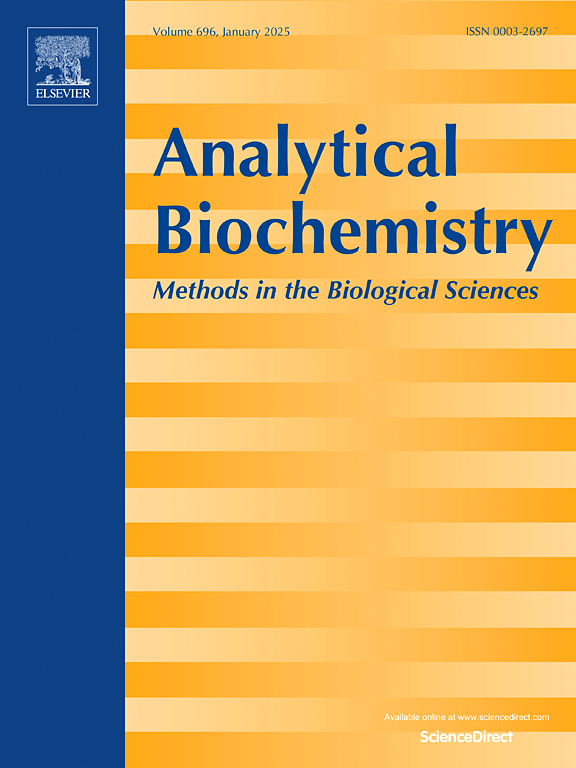scCorrect: Cross-modality label transfer from scRNA-seq to scATAC-seq using domain adaptation
IF 2.5
4区 生物学
Q2 BIOCHEMICAL RESEARCH METHODS
引用次数: 0
Abstract
Cell type annotation in single-cell chromatin accessibility sequencing (scATAC-seq) is crucial for enabling researchers to identify subpopulations of cells associated with specific diseases, elucidate gene regulatory networks, and discover markers indicative of disease states. The prevailing approach for cell type annotation in single-cell research involves transferring well-delineated cell types from single-cell RNA sequencing (scRNA-seq) data to scATAC-seq data using a label propagation algorithm. However, the inherent modal discrepancies (i.e.biological interpretation) between scRNA-seq and scATAC-seq data, coupled with the intrinsic sparsity and high dimensionality of scATAC-seq data, pose significant challenges to the efficacy of this strategy. To address these challenges, we introduce a novel neural network framework, scCorrect, which operates in two distinct phases. In the first phase, scCorrect aligns the scRNA-seq and scATAC-seq datasets, generating initial annotation results. The second phase involves training a corrective network specifically designed to amend any erroneous annotations produced during the first phase. Empirical tests across multiple datasets have demonstrated that scCorrect consistently achieves superior recognition accuracy, underscoring its significant potential to enhance disease-related research in humans.

scCorrect:使用域适应从scRNA-seq到scacc -seq的跨模态标签转移。
单细胞染色质可及性测序(scATAC-seq)中的细胞类型注释对于使研究人员能够识别与特定疾病相关的细胞亚群、阐明基因调控网络和发现指示疾病状态的标记物至关重要。单细胞研究中细胞类型注释的主流方法是使用标签传播算法将单细胞RNA测序(scRNA-seq)数据中描述良好的细胞类型转移到sctac -seq数据中。然而,scRNA-seq和scATAC-seq数据之间固有的模态差异(即生物学解释),加上scATAC-seq数据固有的稀疏性和高维性,对该策略的有效性构成了重大挑战。为了应对这些挑战,我们引入了一种新的神经网络框架scCorrect,它分为两个不同的阶段。在第一阶段,scCorrect对scRNA-seq和scATAC-seq数据集进行比对,生成初始注释结果。第二阶段包括训练一个修正网络,专门用于修正第一阶段产生的任何错误注释。跨多个数据集的经验测试表明,scCorrect始终具有卓越的识别准确性,强调了其在加强人类疾病相关研究方面的巨大潜力。
本文章由计算机程序翻译,如有差异,请以英文原文为准。
求助全文
约1分钟内获得全文
求助全文
来源期刊

Analytical biochemistry
生物-分析化学
CiteScore
5.70
自引率
0.00%
发文量
283
审稿时长
44 days
期刊介绍:
The journal''s title Analytical Biochemistry: Methods in the Biological Sciences declares its broad scope: methods for the basic biological sciences that include biochemistry, molecular genetics, cell biology, proteomics, immunology, bioinformatics and wherever the frontiers of research take the field.
The emphasis is on methods from the strictly analytical to the more preparative that would include novel approaches to protein purification as well as improvements in cell and organ culture. The actual techniques are equally inclusive ranging from aptamers to zymology.
The journal has been particularly active in:
-Analytical techniques for biological molecules-
Aptamer selection and utilization-
Biosensors-
Chromatography-
Cloning, sequencing and mutagenesis-
Electrochemical methods-
Electrophoresis-
Enzyme characterization methods-
Immunological approaches-
Mass spectrometry of proteins and nucleic acids-
Metabolomics-
Nano level techniques-
Optical spectroscopy in all its forms.
The journal is reluctant to include most drug and strictly clinical studies as there are more suitable publication platforms for these types of papers.
 求助内容:
求助内容: 应助结果提醒方式:
应助结果提醒方式:


